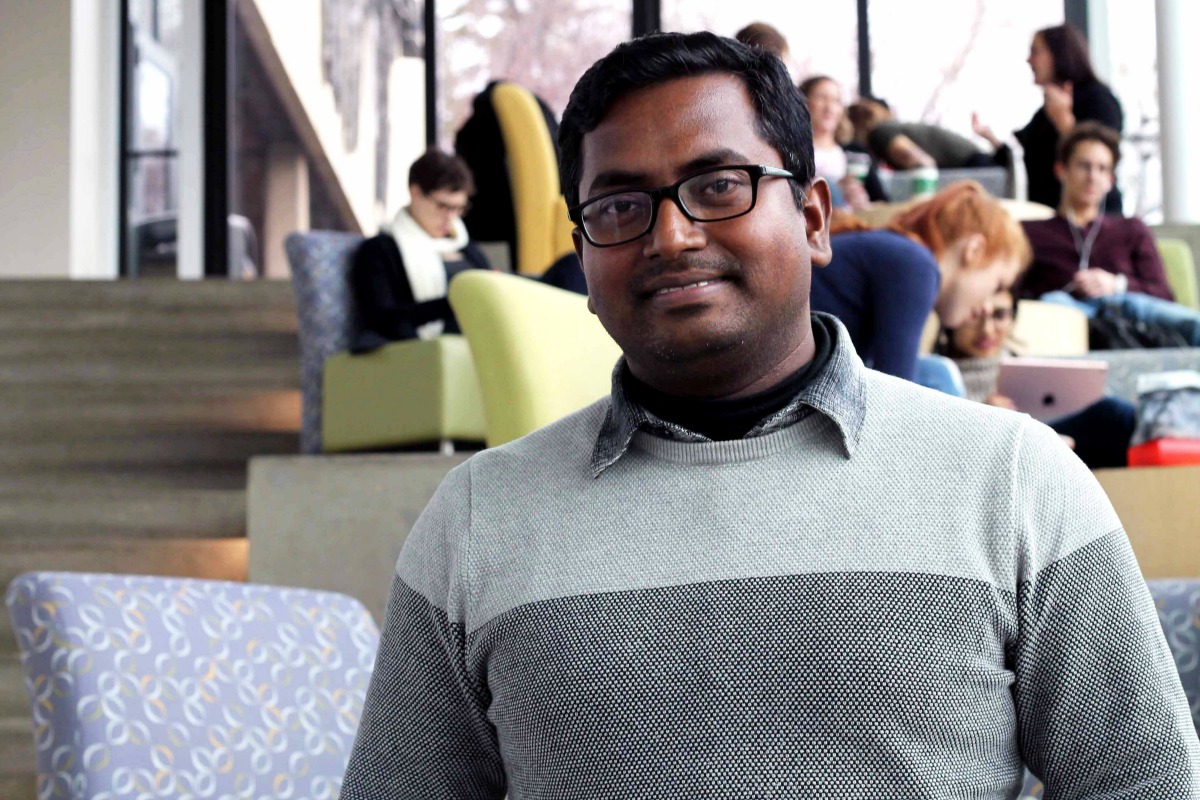How can schools effectively support health and wellness for students and teachers alike to provide an optimal learning environment? The Mitacs Elevate postdoctoral fellow is hoping to help provide answers about how to build healthy school communities for Albertans from kindergarten to post-secondary—then share the model with the rest of the world.
Dilsad Ahmed has been pursuing research on quality physical education for more than a decade, from the completion of his PhD in physical education from Amravati University in his native India, through a visiting scholar position at the South Korea Institute for Sport Science to his recent postdoctoral fellowship at the University of Macau.
For the next two years, Ahmed will work with the University of Alberta and the Ever Active Schools Program, a provincial initiative aimed at contributing to the healthy development of children and youth by fostering social and physical environments that support improving the health and learning outcomes of students in Alberta.
“The project I’m here to work on involves building and supporting healthy educational communities,” Ahmed said. “We want to embed comprehensive school health programs to make our kids stronger and healthier for life.”
Supporting wellness beyond school walls
Doug Gleddie, associate professor in the Department of Elementary Education said that understanding what it takes to create a health-promoting school means looking beyond classroom walls to the wider community and recognizing the connections between mental health, physical wellness and educational achievement.
“Comprehensive school health recognizes that health is the business of the school. It fits in with whole-child education. It’s a very broad piece that’s meant to be a connecting framework for everything that goes on at a school—curriculum, partnerships and services, teaching and learning, policies, and so forth,” Gleddie said.
“It’s really involving the whole school community, not just who is in the building, and looking at how all these people can support the development and maintenance of a healthy school community.”
Gleddie added that Ahmed’s focus on healthy school communities right through post-secondary should be welcome news.
“I think it’s good for people to know we’re looking at what it takes to be a faculty that cares about wellness for students, faculty and staff, and how we as an entity decide what that looks like,” he said.
A comprehensive school health model for all
Ahmed, who saw snow for the very first time upon his arrival in Edmonton in September, said he’s excited to begin analyzing data compiled from across Alberta by Ever Active Schools, but hopes to help develop a model that will support the creation of healthy school communities—including quality physical education—around the world.
“More or less everywhere, people should adopt this model,” Ahmed said. “Health and physical education belong to everyone. It’s especially important in developing countries where diseases like Type-2 diabetes are becoming more prevalent.”
Feature image: Mitacs Elevate postdoctoral fellow Dilsad Ahmed (photo: Kateryna Barnes)
